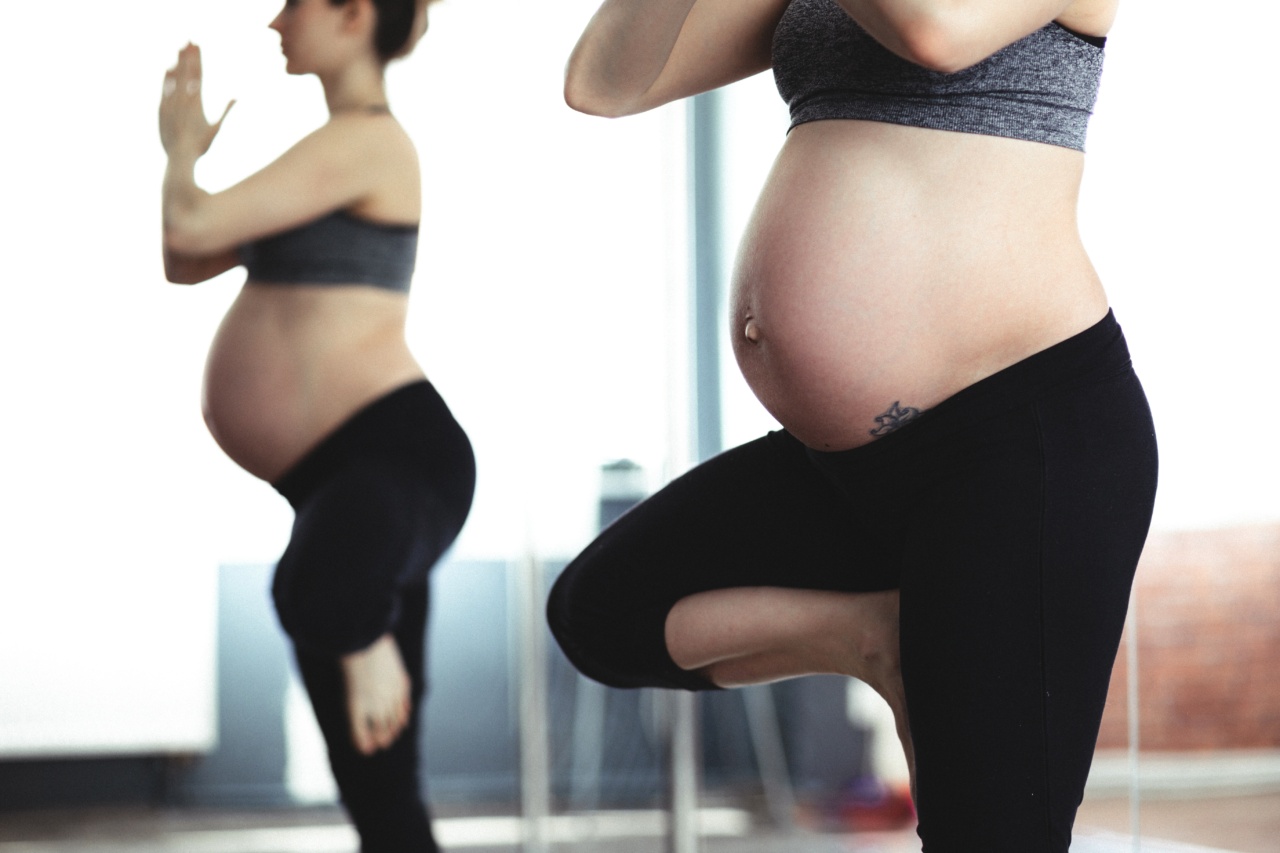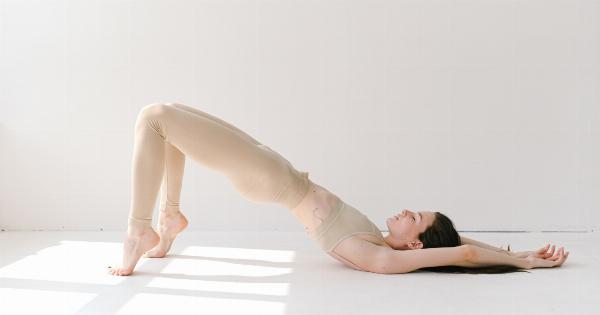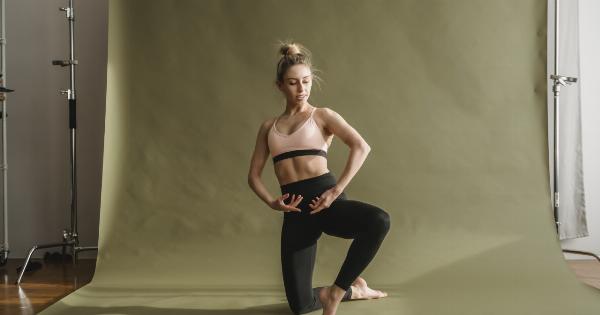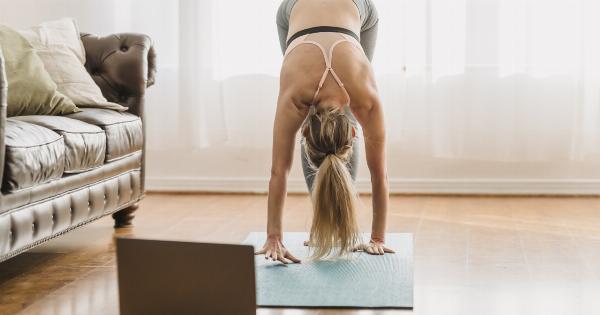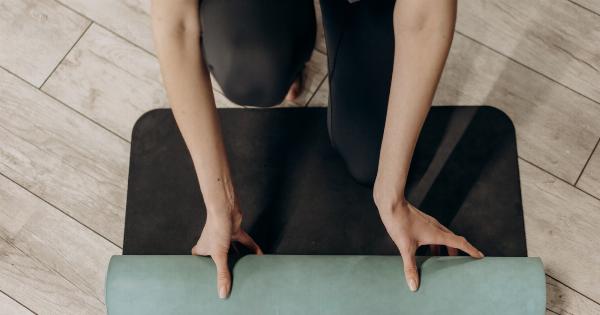Gymnastics is a fantastic form of exercise that can help keep you fit, strong, and flexible during your pregnancy.
However, it’s important to take certain precautions and be aware of the do’s and don’ts to ensure the safety and well-being of both you and your baby. Here are some essential guidelines to follow:.
1. Consult Your Healthcare Provider
Before beginning or continuing any gymnastics routine during pregnancy, it is crucial to consult with your healthcare provider. This is especially important if you have any pre-existing medical conditions or complications in your pregnancy.
2. Stay Hydrated
Proper hydration is essential during pregnancy, and it becomes even more crucial when engaging in physical activities like gymnastics. Drink plenty of water before, during, and after your workout sessions to stay hydrated and prevent overheating.
3. Wear the Right Attire
Choose comfortable and breathable clothing that allows for easy movement and does not restrict your growing belly. Opt for supportive sports bras and non-slip footwear to ensure stability and prevent accidents.
4. Warm-Up and Cool Down
Always start your gymnastics session with a gentle warm-up to prepare your muscles and joints for exercise. This can include light stretches and low-intensity movements.
Similarly, cool down properly after your workout by gradually reducing your intensity and incorporating stretches to prevent muscle soreness.
5. Modify and Adapt
As your pregnancy progresses, your body changes, and you may need to modify and adapt your gymnastics routine.
Avoid any moves that put excessive pressure on your abdomen, and be mindful of moves that require balance and coordination as your center of gravity shifts.
6. Listen to Your Body
Pay close attention to your body and how it feels during your gymnastics sessions. If something doesn’t feel right or causes discomfort, stop immediately and seek guidance from your healthcare provider.
It’s important to respect your body’s limits and not push yourself too hard.
7. Avoid High-Impact Activities
During pregnancy, it’s best to avoid high-impact activities that involve jumping or rapid movements. These actions can strain your joints and ligaments, which are already under stress due to hormonal changes.
Opt for low-impact alternatives, such as gentle aerobic exercises or walking, to get your heart rate up.
8. Engage in Core Strengthening Exercises
Strong core muscles are essential to support your changing body and reduce the risk of back pain. However, avoid traditional crunches or exercises that involve lying flat on your back after the first trimester.
Instead, focus on exercises that engage your deep core muscles, such as pelvic tilts, modified planks, and seated or standing exercises.
9. Use Proper Breathing Techniques
Practice deep belly breathing during your gymnastics routine. This helps promote oxygen flow to both you and your baby while providing stability to your core.
Avoid holding your breath or resorting to shallow breaths, as it can deprive your body of oxygen and increase the risk of dizziness or fainting.
10. Take Breaks and Pace Yourself
Listen to your body’s cues and take breaks as needed during your gymnastics session. Pregnancy puts additional strain on your body, so it’s important to pace yourself and not overexert.
If you feel tired or fatigued, rest and resume your exercise routine when you’re ready.
